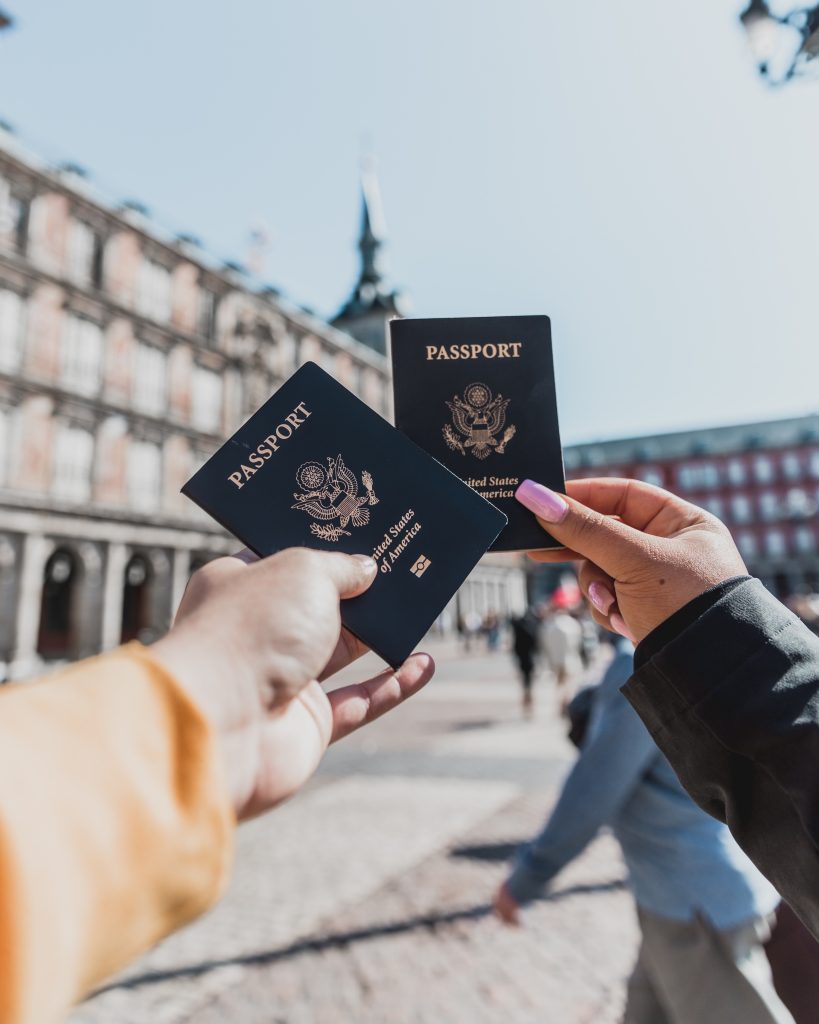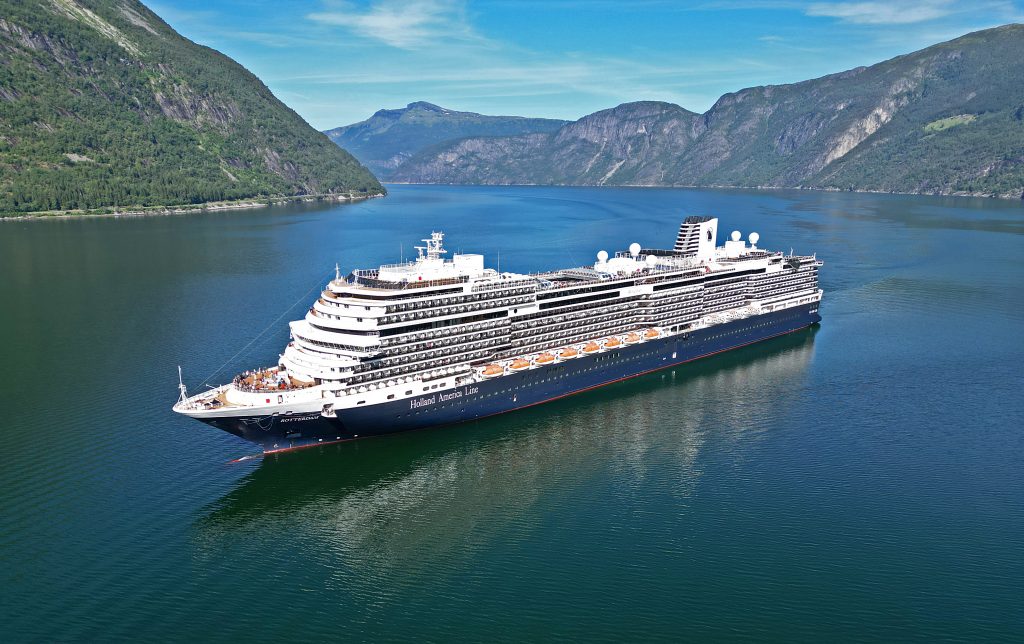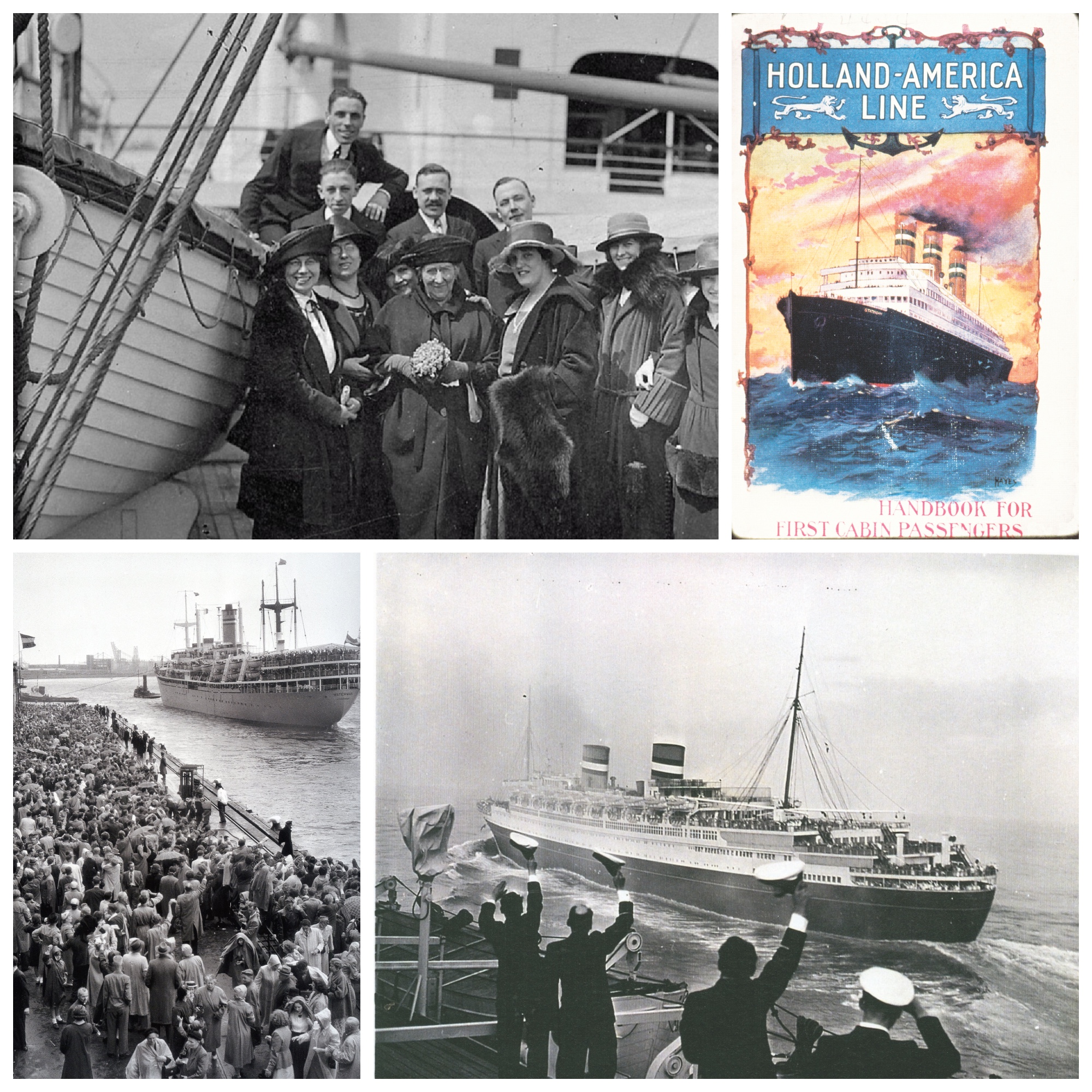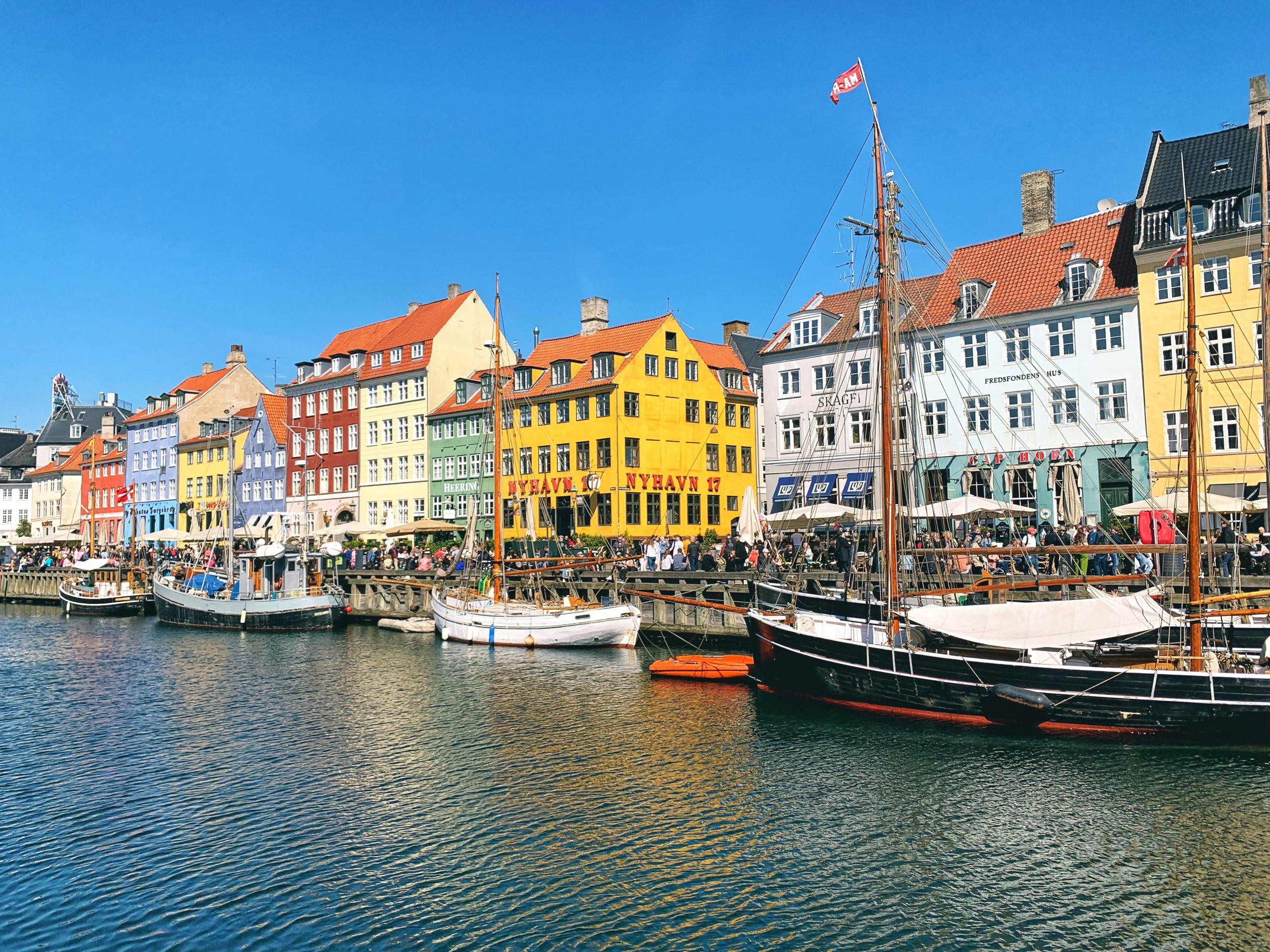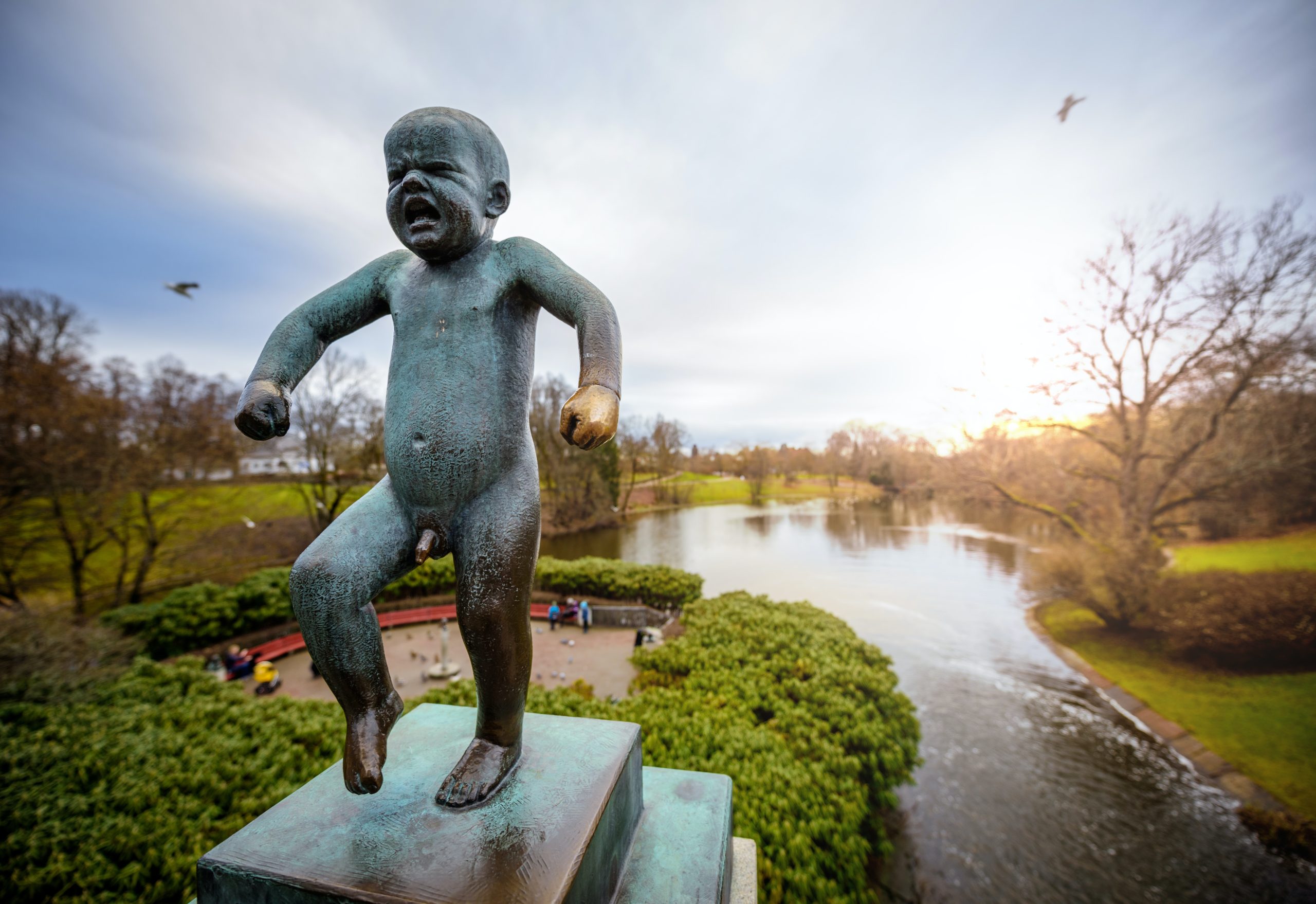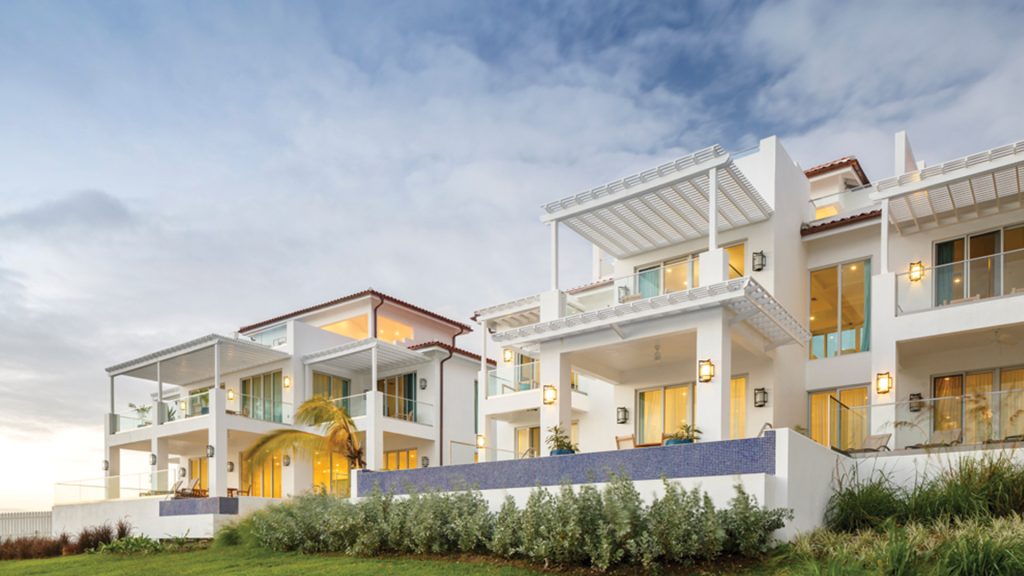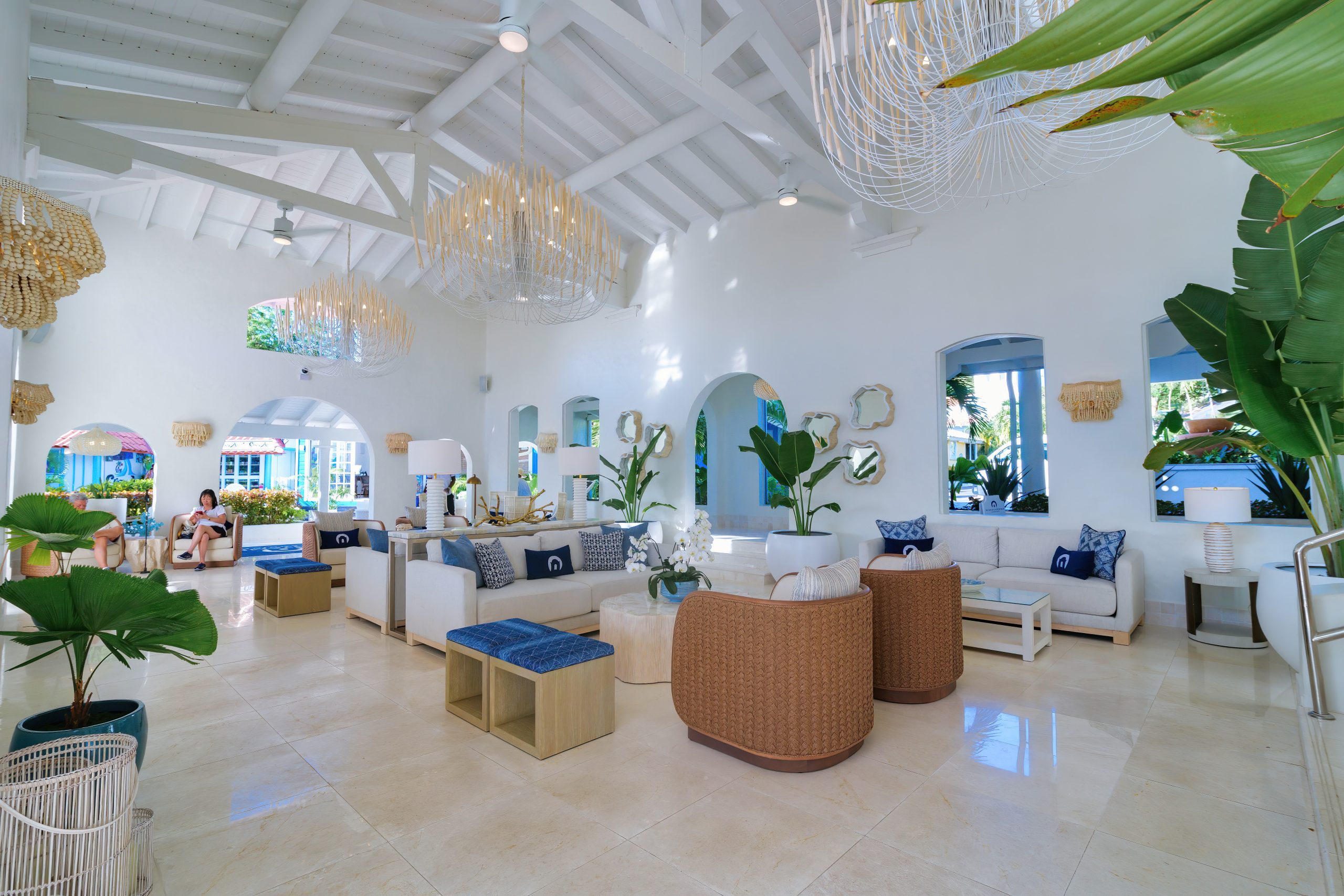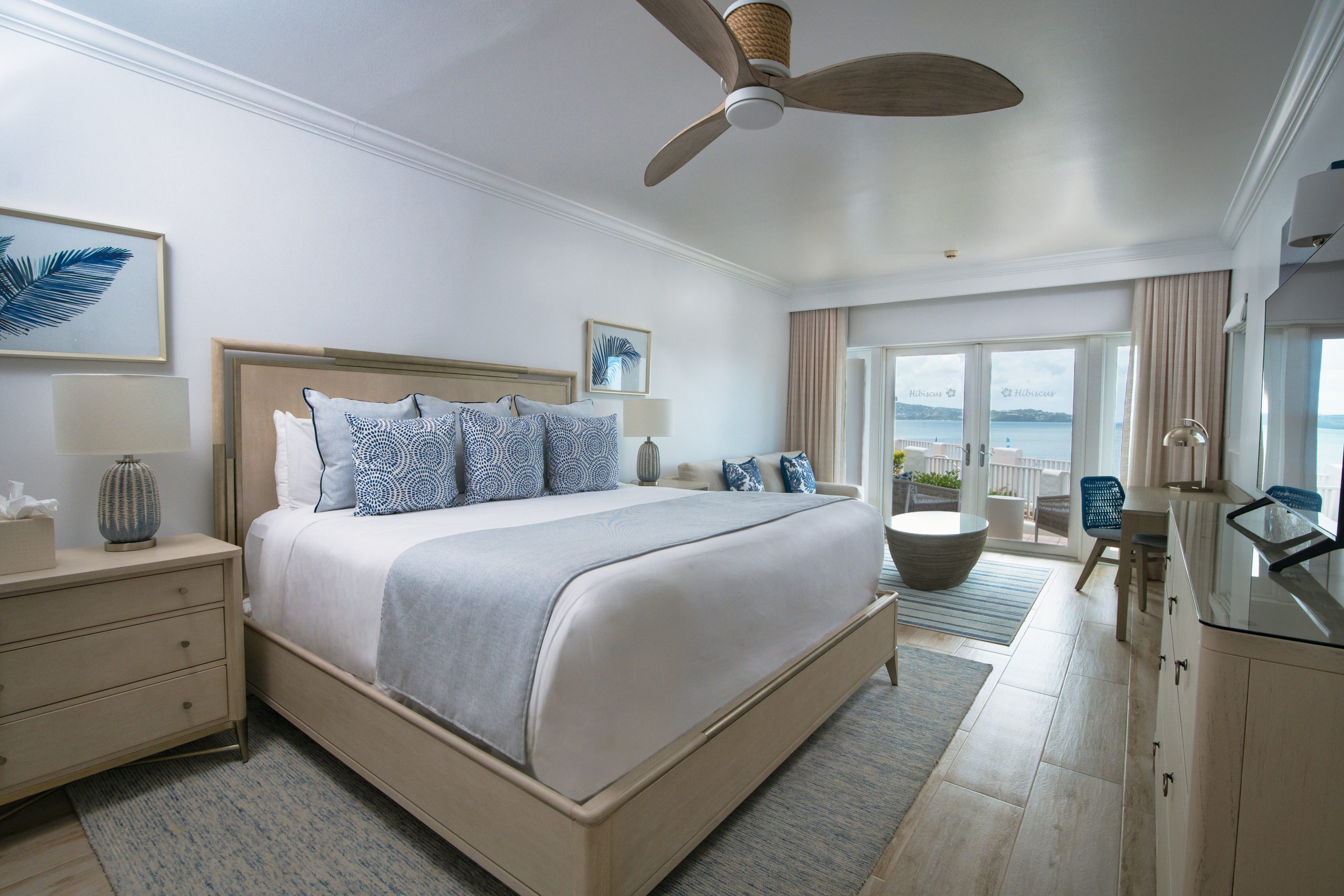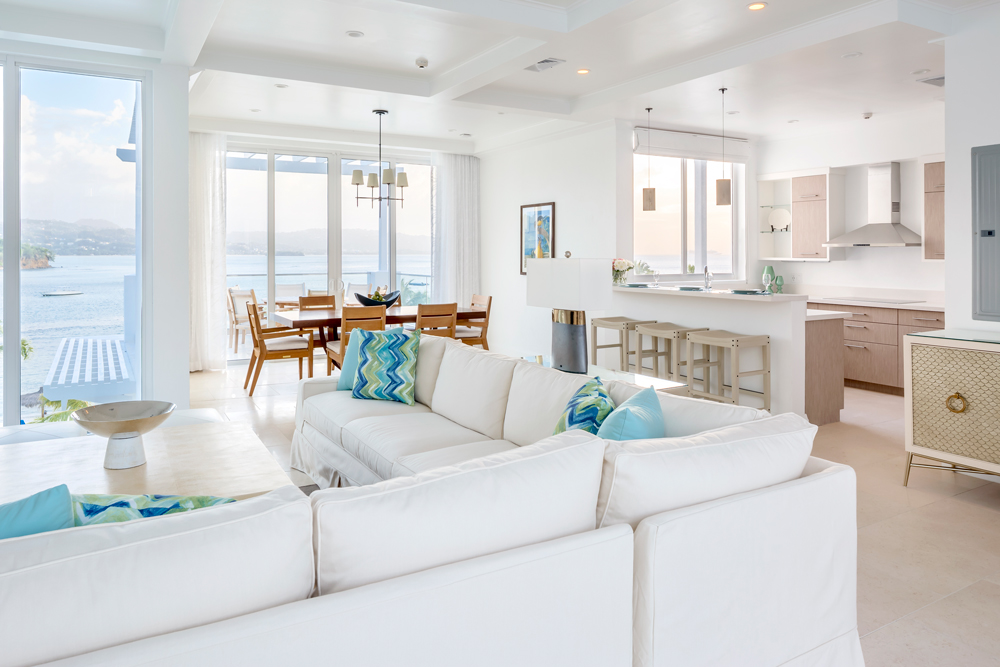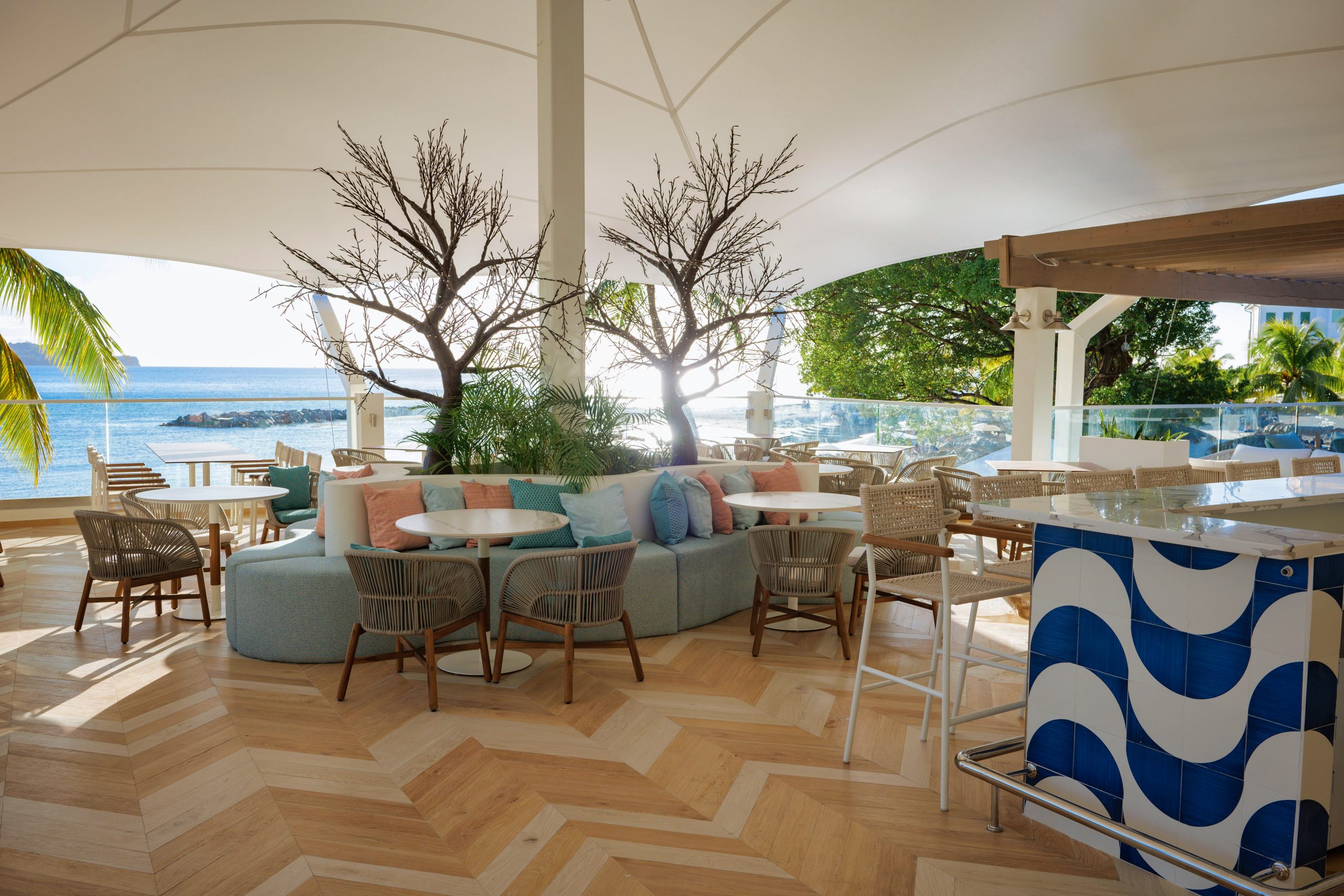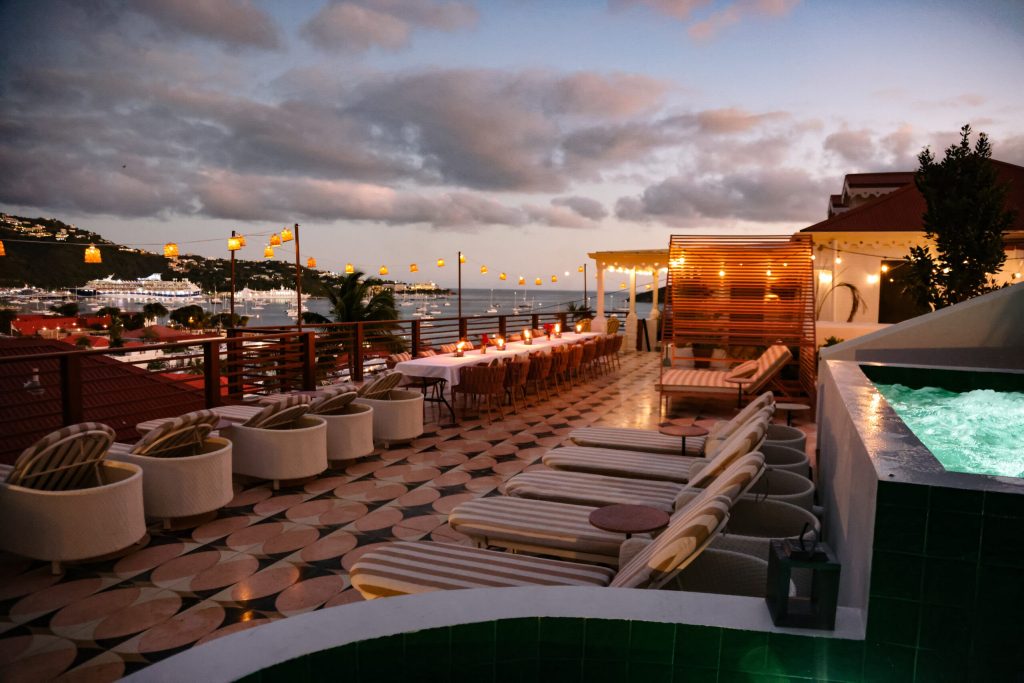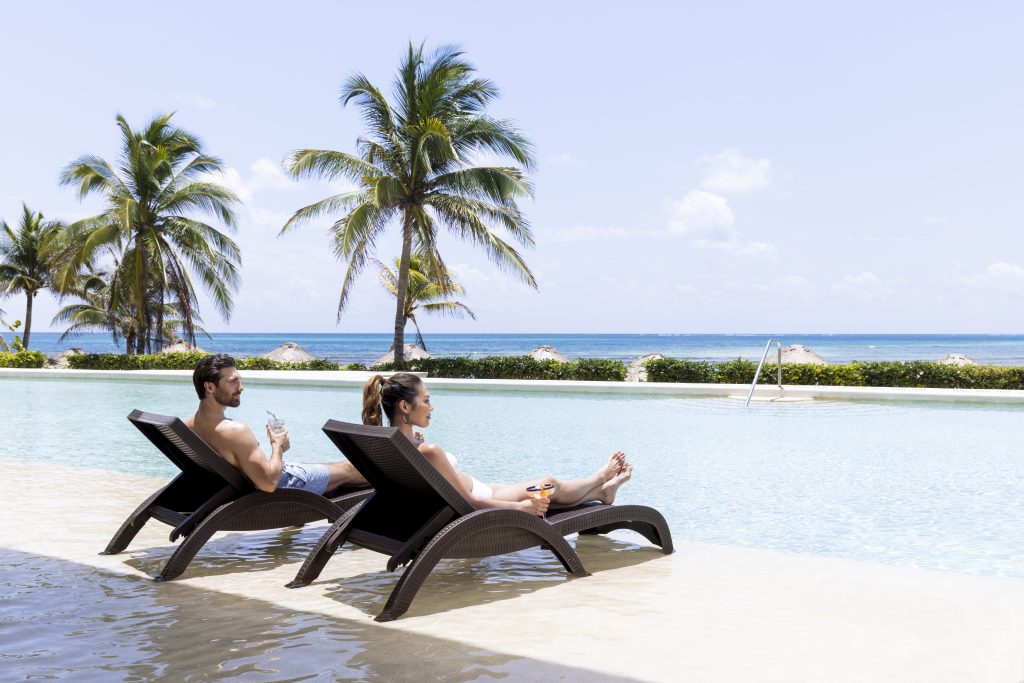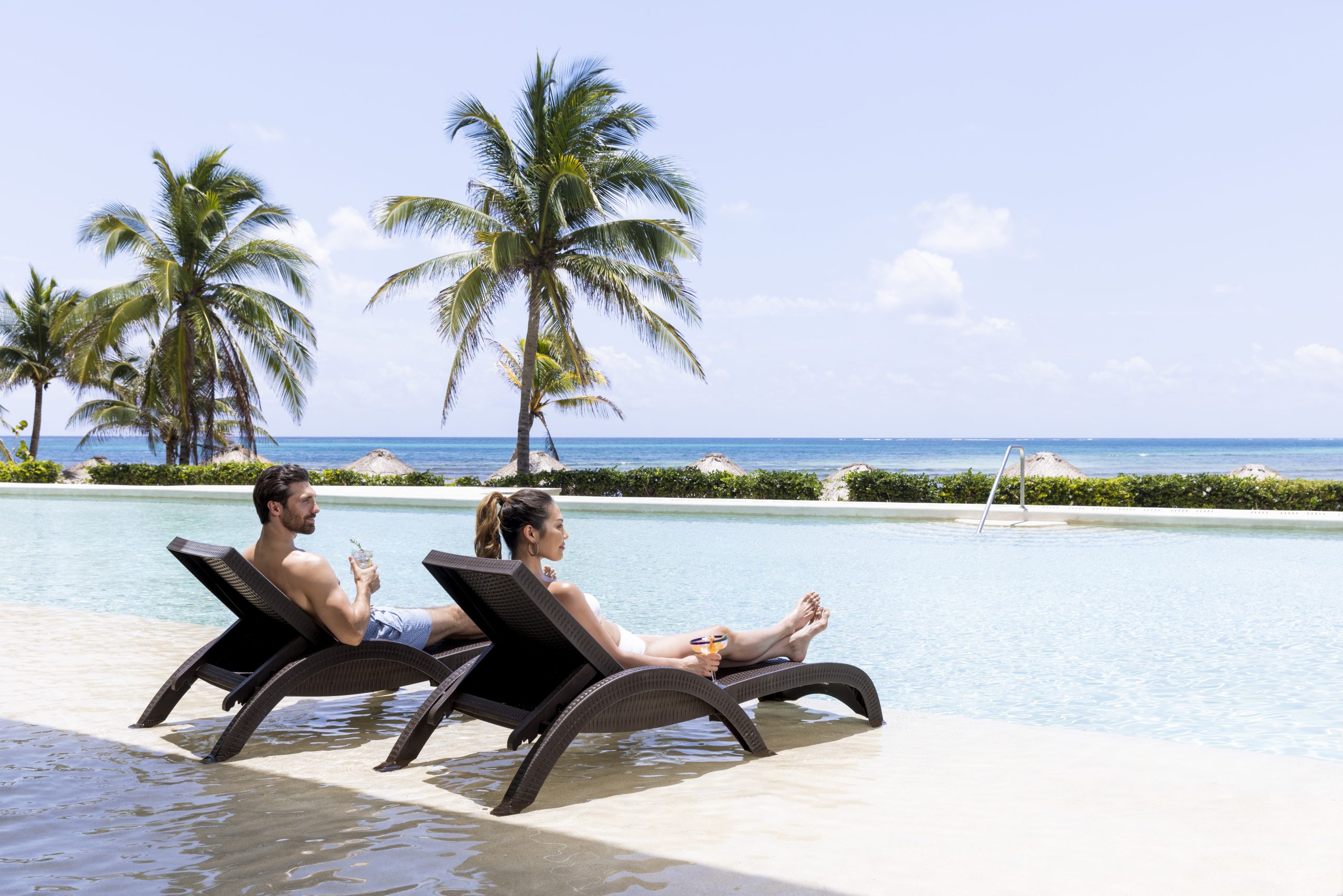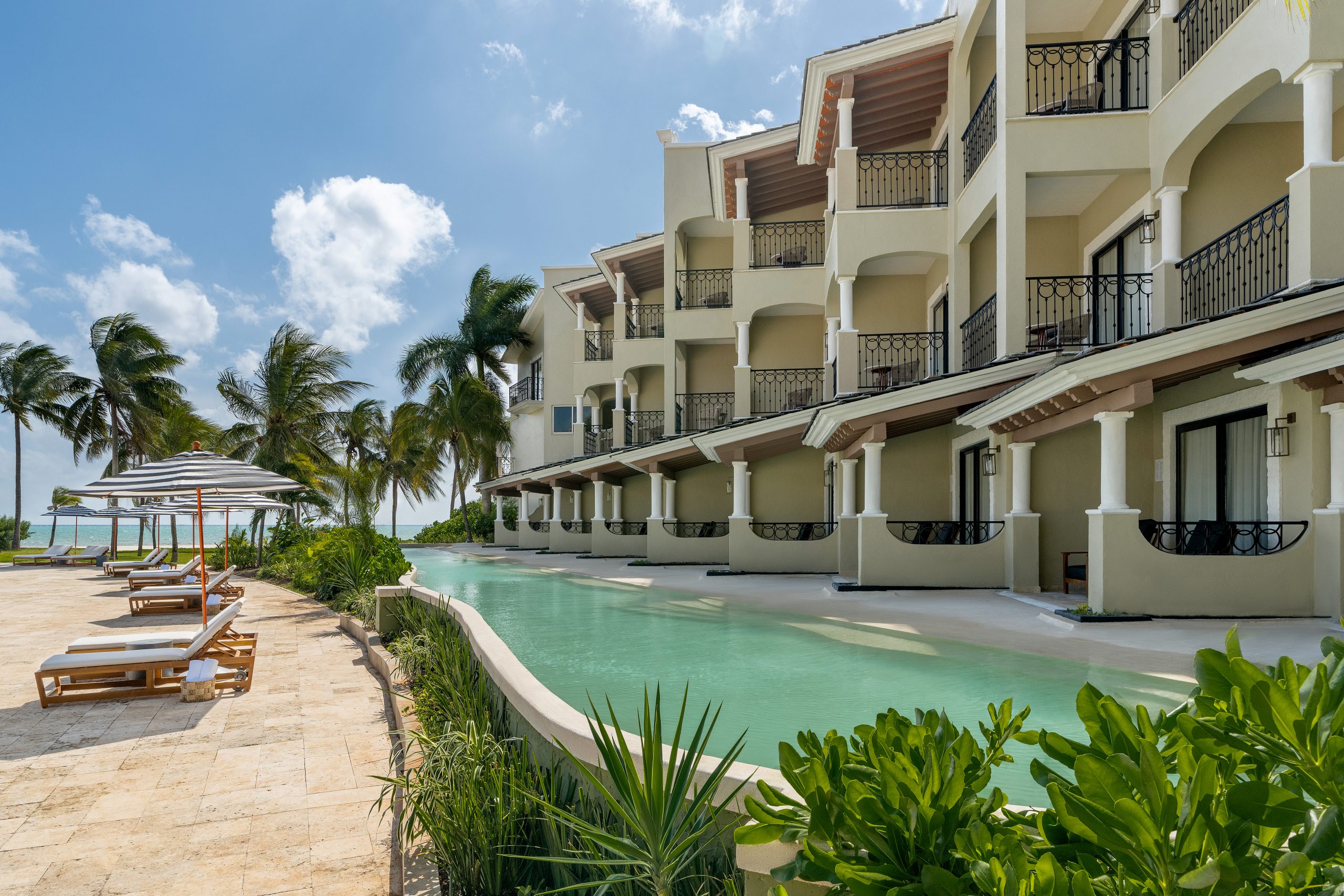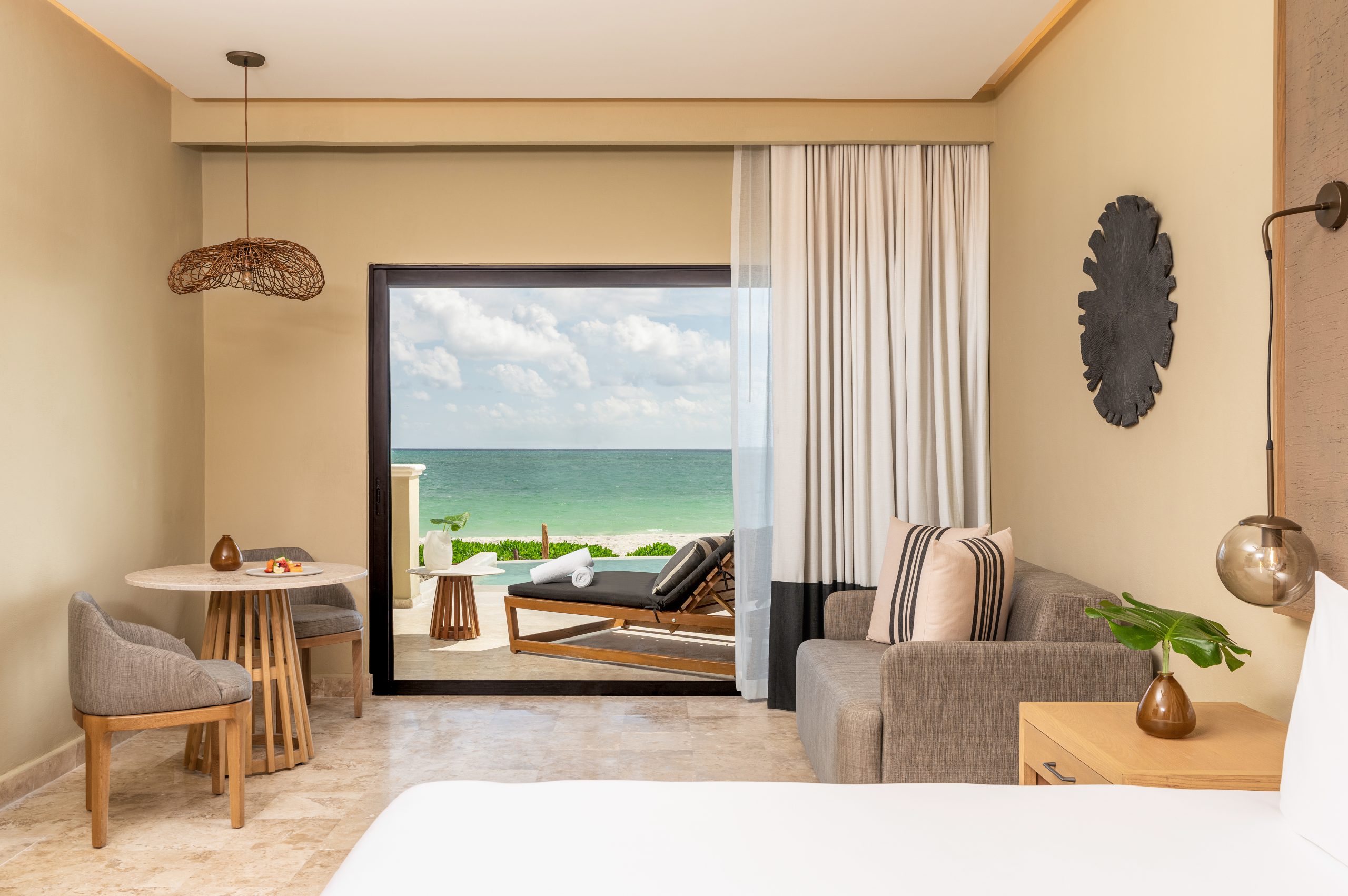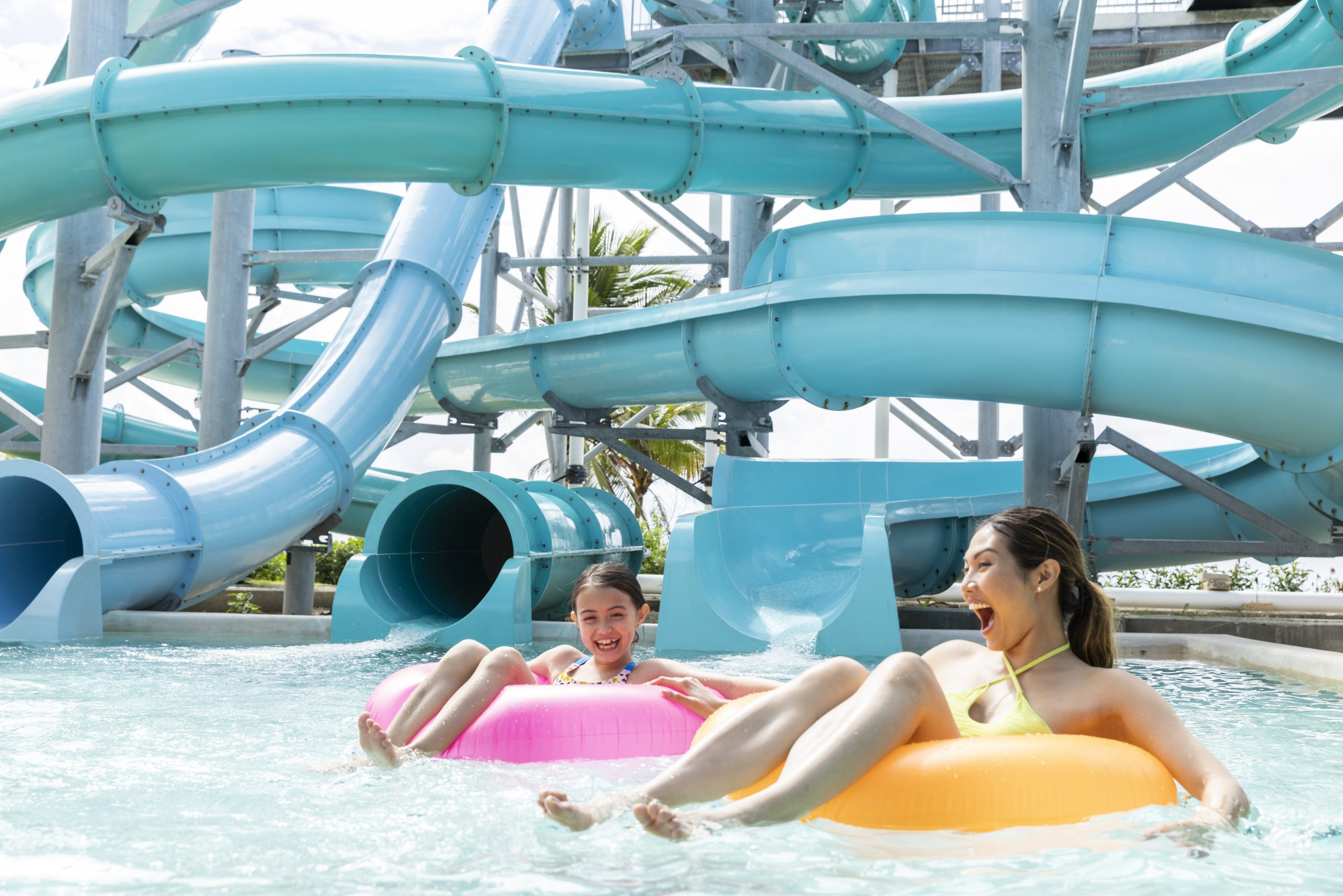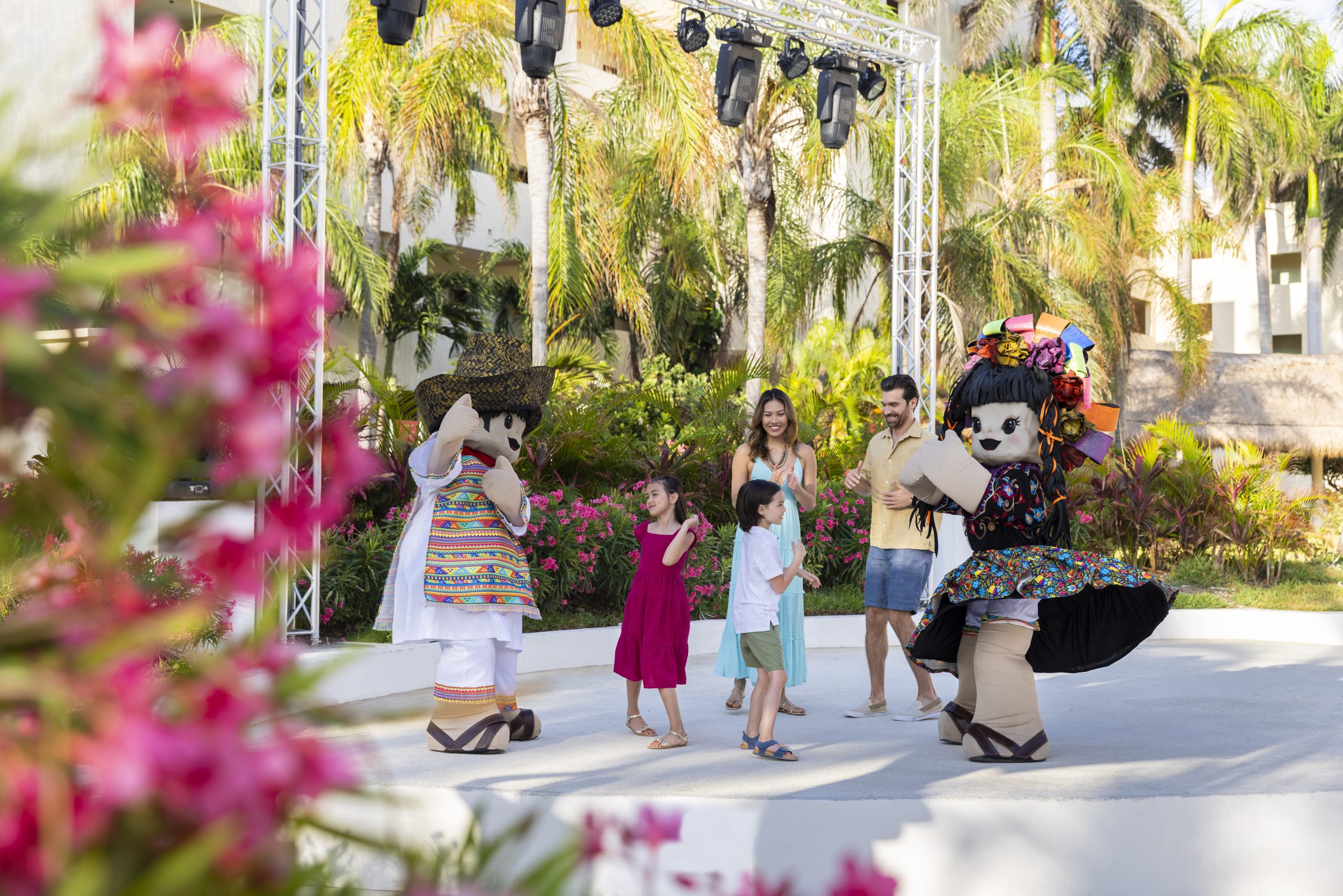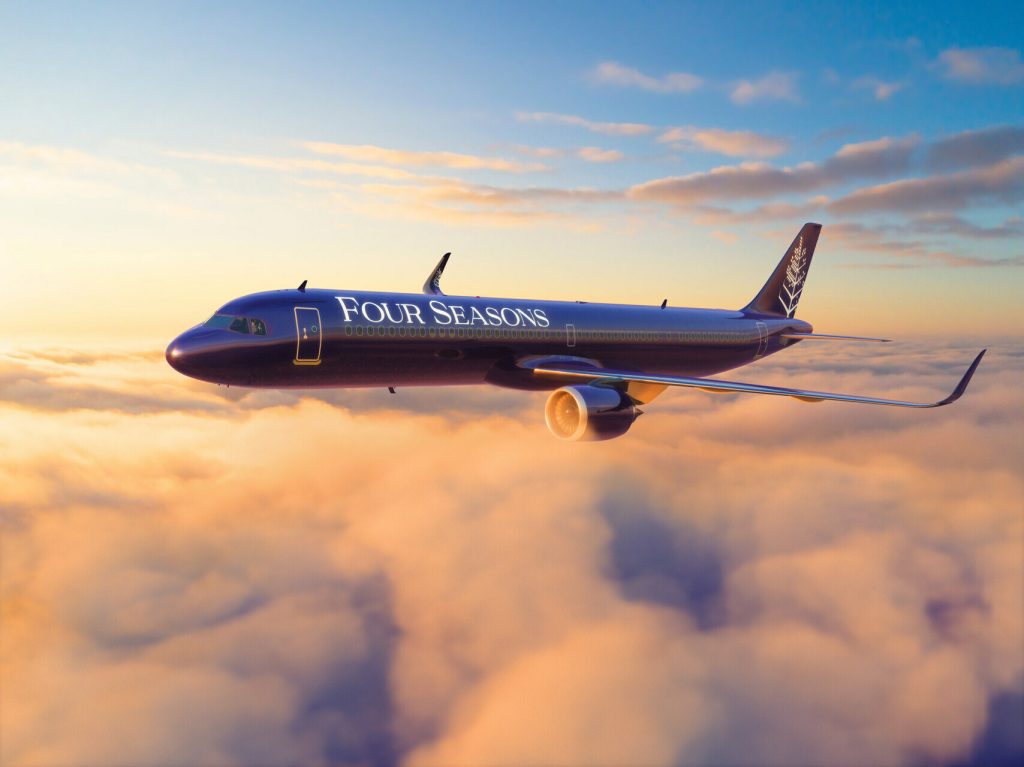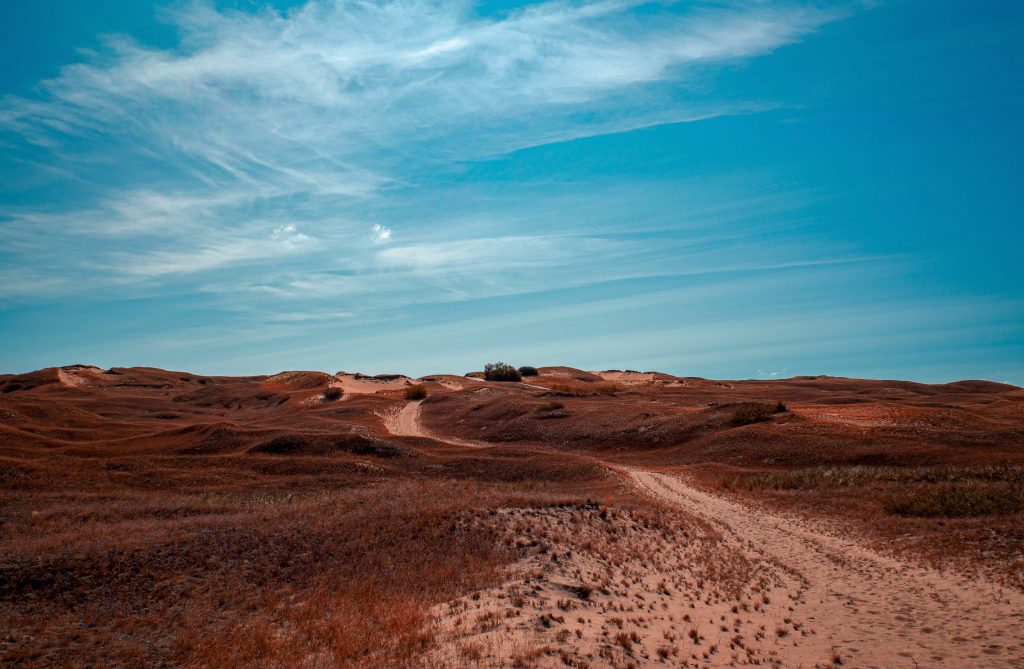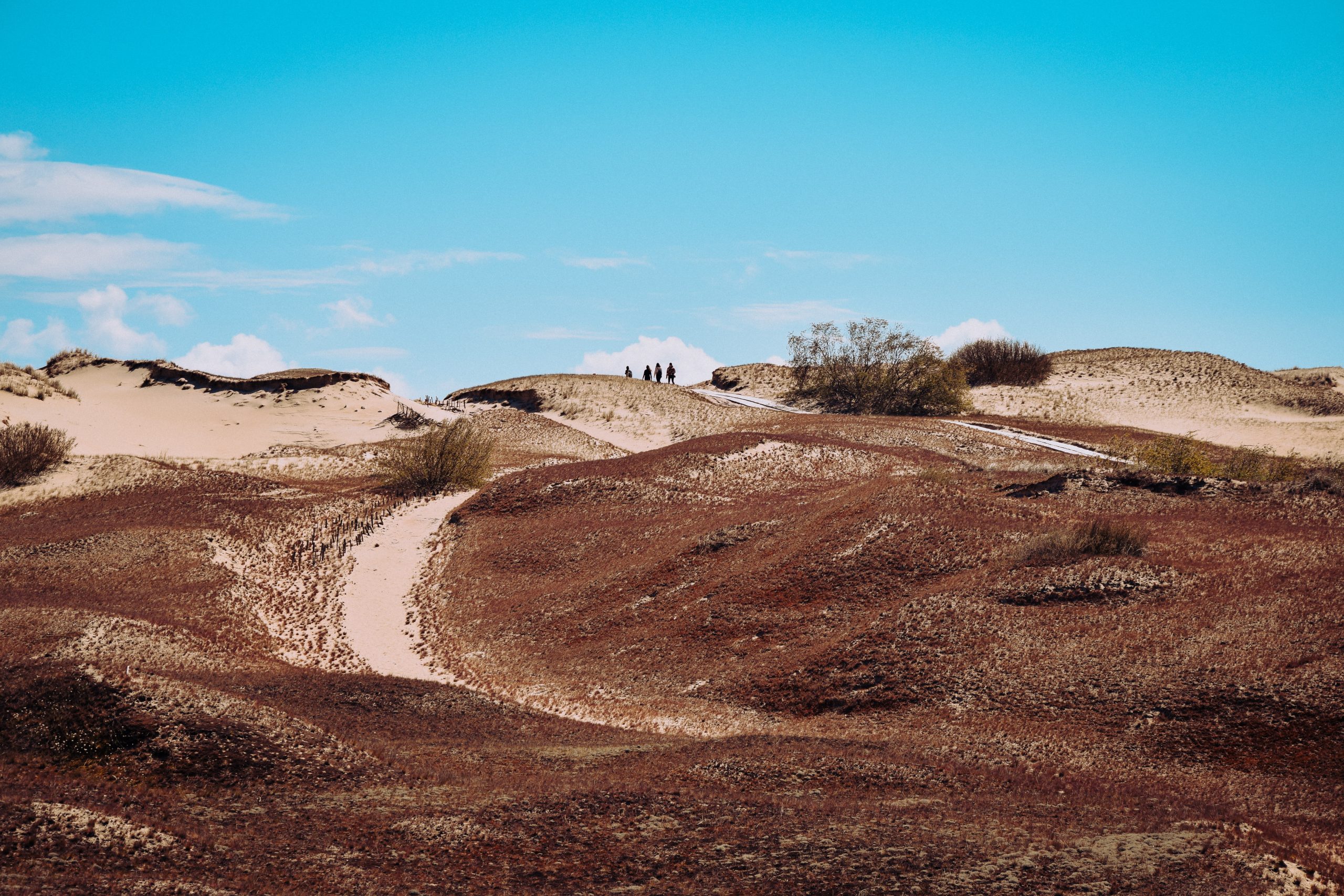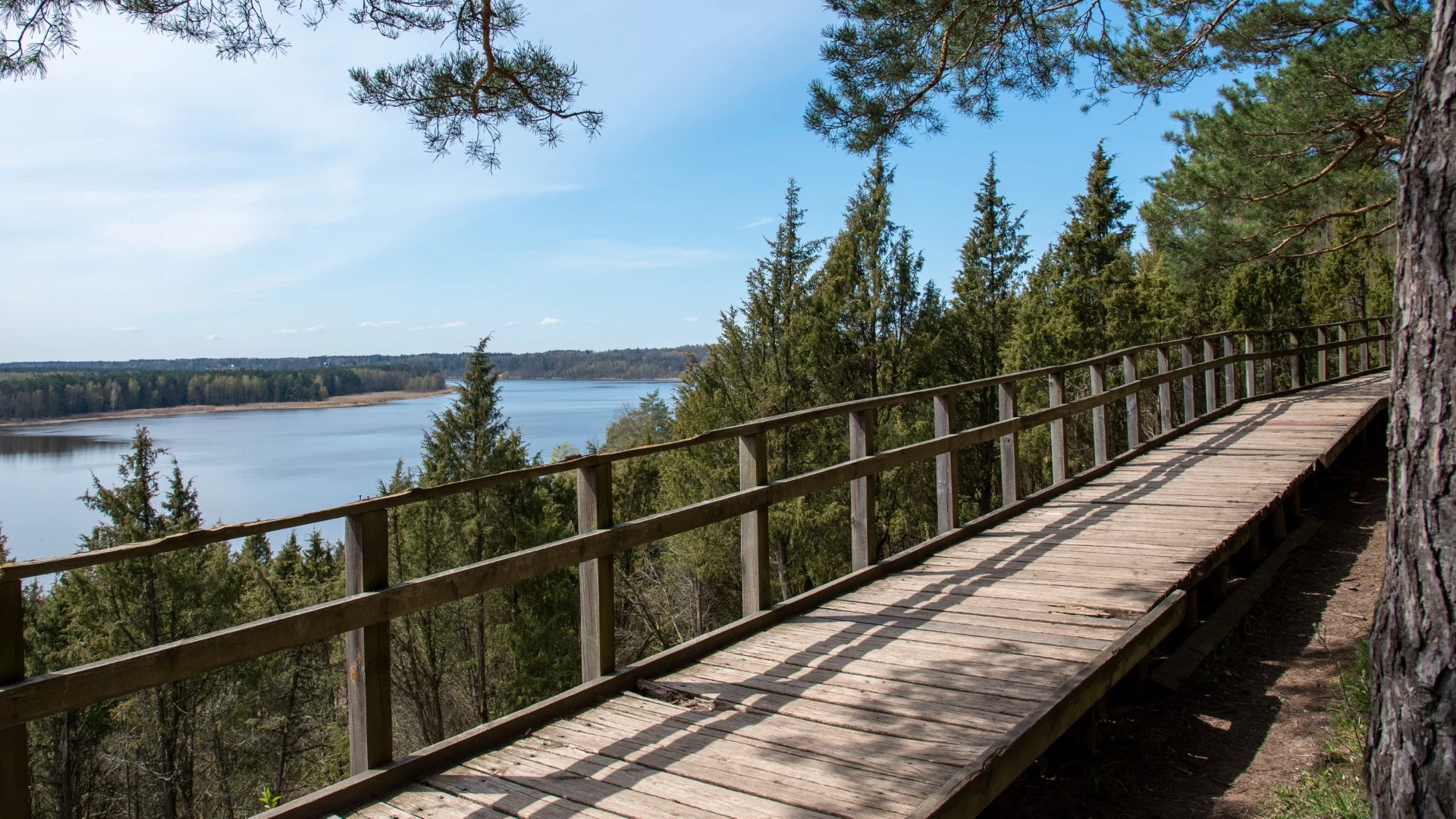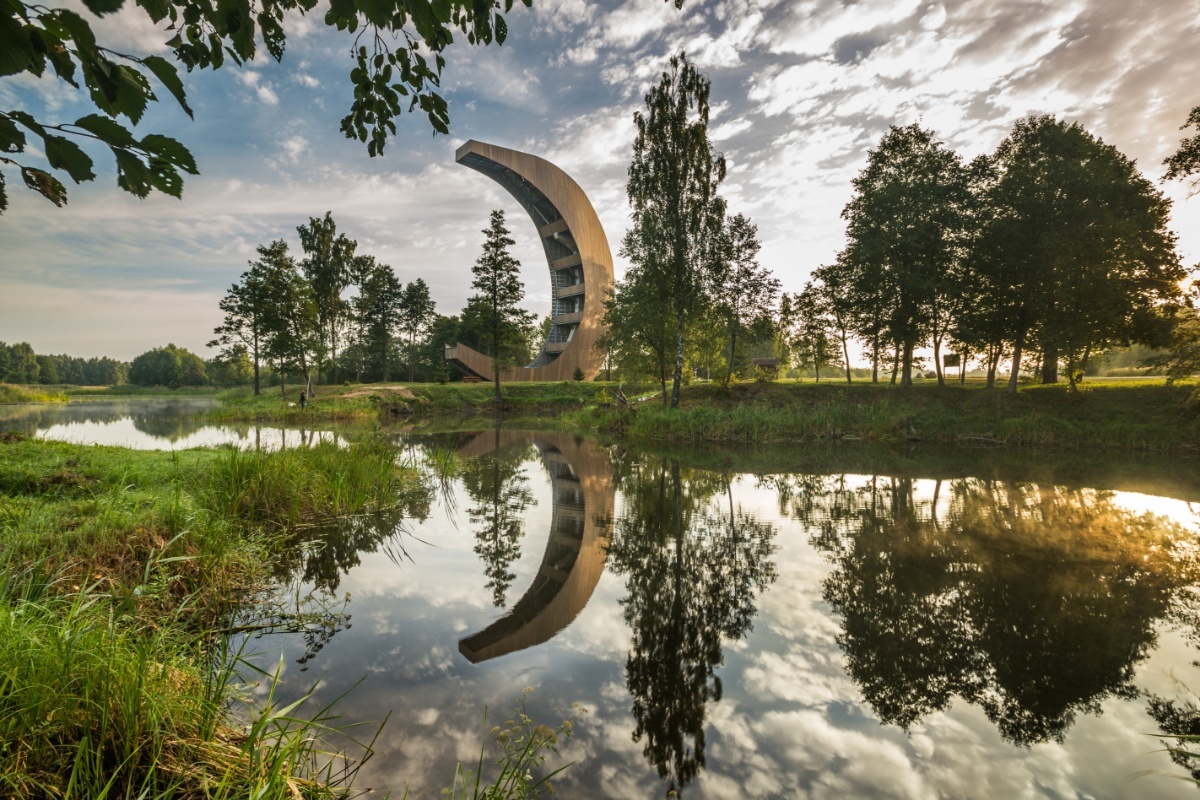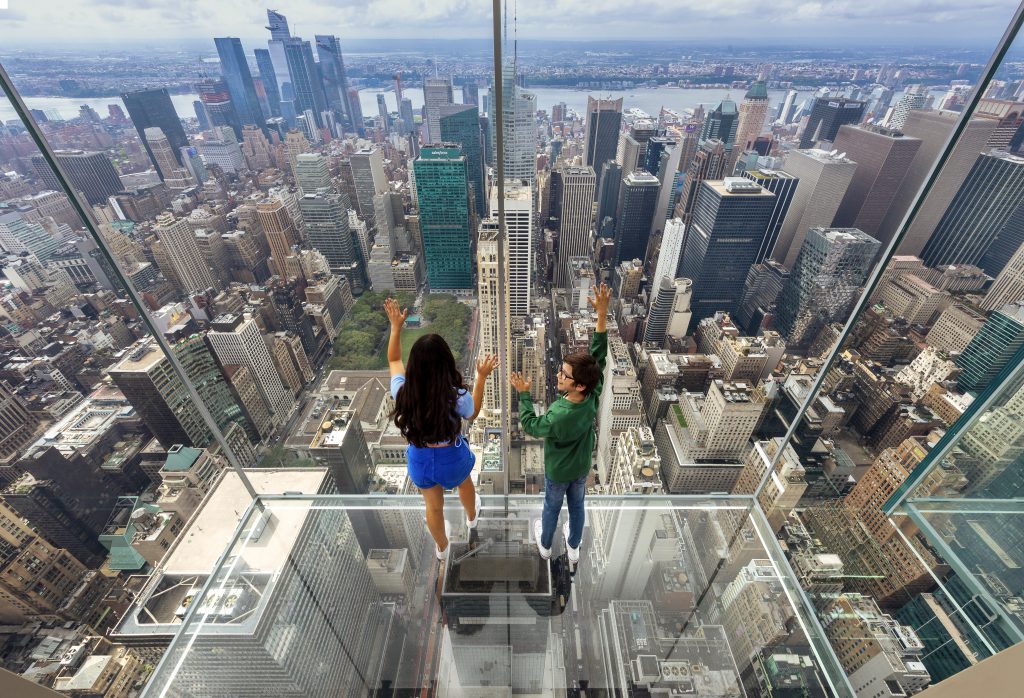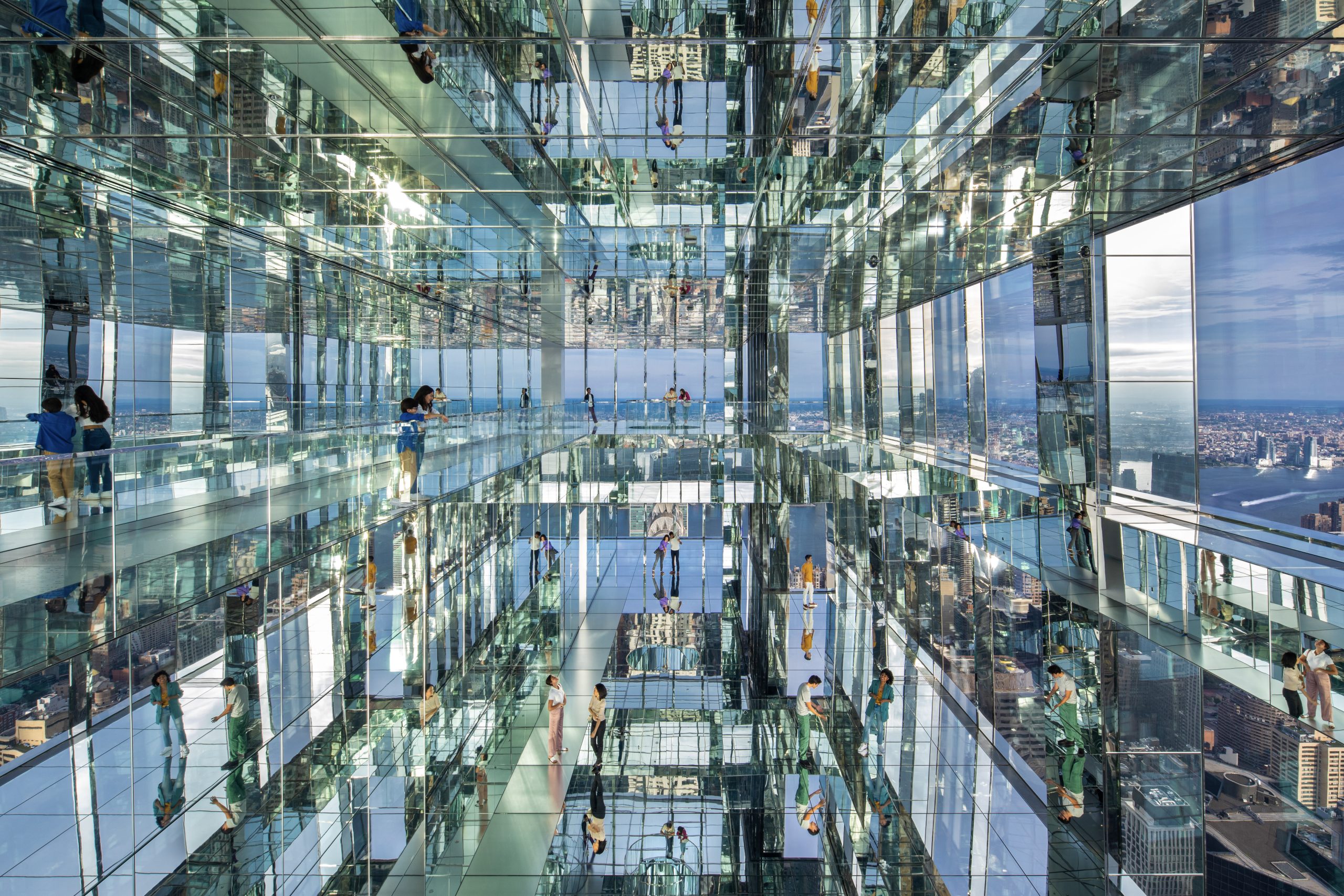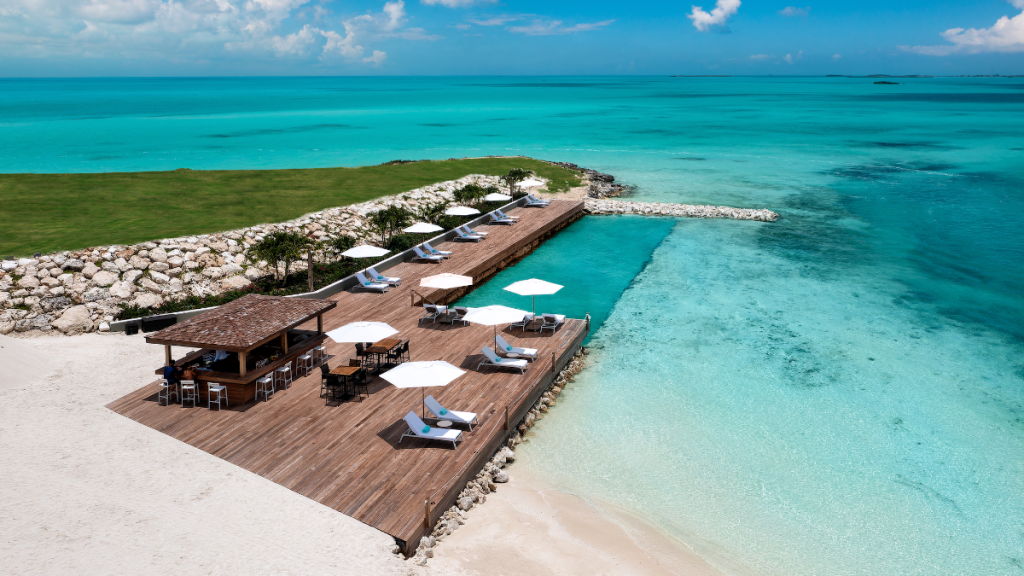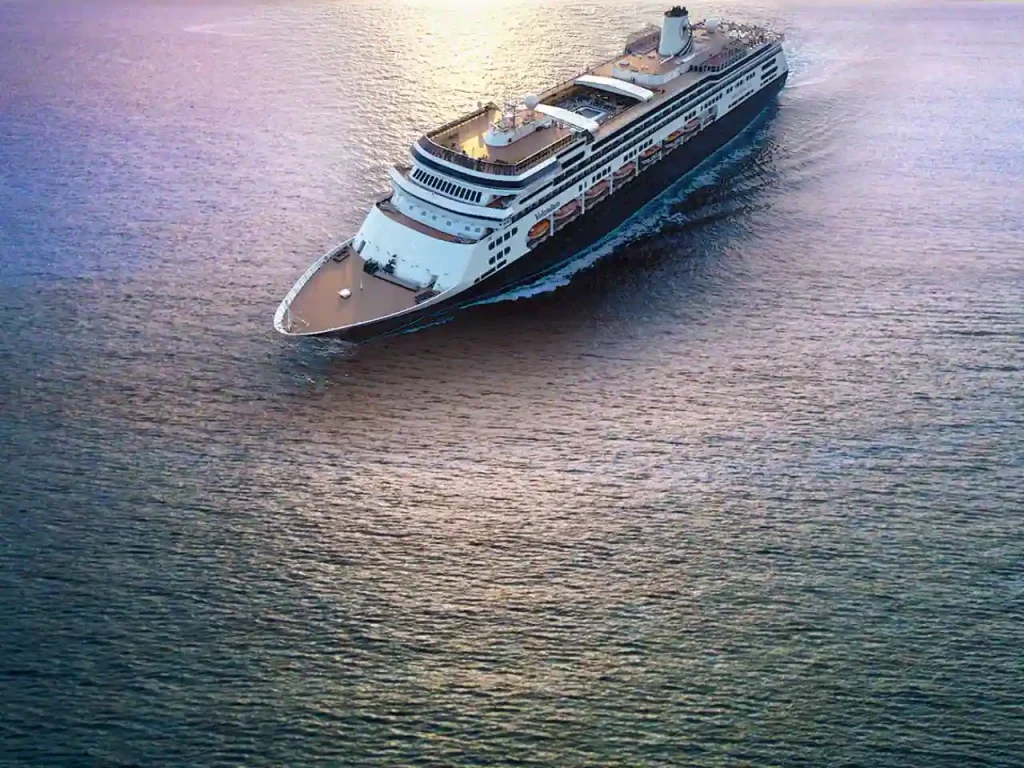
This cruise line has added a 42-day sailing through the Mediterranean
Holland America Line is adding another Legendary Voyage to its diverse roster of lengthier cruises from convenient gateways.
The 42-day Ultimate Mediterranean & Atlantic Passage aboard Volendam departing Nov. 9, 2024, was inspired by a voyage the cruise line operated nearly 100 years ago.
The 2024 departure sails roundtrip from Fort Lauderdale, Florida, allowing guests to experience 16 different ports across nine countries, all without international air.
100 years of inspiration
The original voyage that provided the vision for the “42-day Ultimate Mediterranean & Atlantic Passage” departed New York City Feb. 4, 1925, aboard Rotterdam IV and carried just 550 guests across the Atlantic Ocean to explore many of the same ports.
The 2024 cruise follows in the footsteps of the 1925 journey, visiting Portugal, Morocco, Italy, Greece, Israel, Egypt, Tunisia, Gibraltar (United Kingdom) and Spain.
About the voyage
The “42-day Ultimate Mediterranean & Atlantic Passage” route first visits Horta and Ponta Delgada in the Azores after crossing the Atlantic Ocean.
A call at Tangier, Morocco, is followed by overnight visits to both Livorno and Civitavecchia, Italy. From Livorno, guests can explore Florence or Pisa, while Rome is easily accessed from Civitavecchia. Volendam then makes way to Naples, Italy, and Catania, Sicily, before Piraeus (Athens), Greece.
Guests will then explore the Holy Land at Haifa (Tel Aviv) and Ashdod (Jerusalem), Israel, followed by Port Said and Alexandria (Cairo), in Egypt. The final ports on the voyage include La Goulette (Tunis), Tunisia; Gibraltar; Cadiz (Seville), Spain: and Casablanca, Morocco. The cruise concludes Dec. 21 at Fort Lauderdale.
What is a ‘Legendary Voyage’?
These lengthier cruises, which range from 25 to 59 days, combine the ceremony of Holland America Line’s Grand Voyages while focusing on a singular region. They visit some of the most unique ports while offering guests an in-depth exploration. Shipboard programming is specially curated to share insights into the history and culture of the destinations visited.
Most of Holland America Line’s Legendary Voyages sail roundtrip or to/from a North American homeport, allowing travelers to see the world from their doorstep with a convenient domestic flight and easy embarkation.
The itineraries are offered on a variety of the line’s perfectly sized ships where guests enjoy the “best of” Grand Voyages on-board programming such as iconic theme parties, memorable sailaways and classic cruise activities to further enhance the experience.

